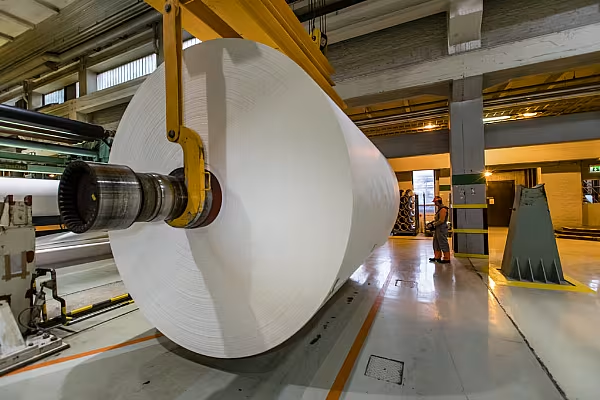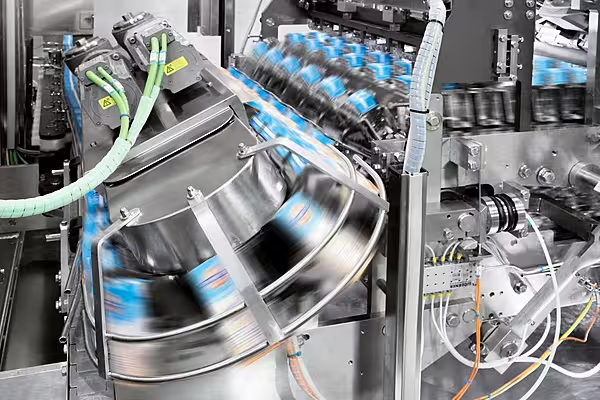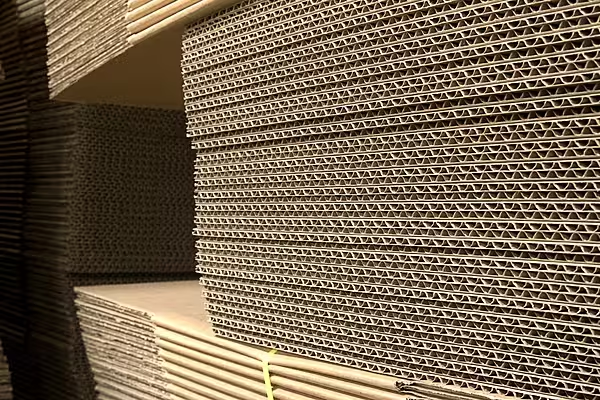Pulp and paper manufacturer Stora Enso has launched a feasibility study to assess the potential to further reduce CO2 emissions at the group’s Imatra site in Finland.
The group believes that replacing fossil-based fuels with bio-based materials would improve the environmental performance of the site.
Imatra Site
The Imatra site is one of the world’s largest production sites for consumer packaging board, with more than 90% of goods produced there exported to Europe, Southeast Asia, and other continents.
The group's feasibility study is expected to be finalised in mid-2023.
The planned changes will require investment, which will be looked into after the feasibility study is finalised.
Mill director Mikko Nieminen, said, “We have already done a lot to reduce the emissions of the site. A new, more efficient wood handling and debarking line will be finalised during the autumn, reducing the water consumption up to 85% in the debarking line.
“The recycling and further usage of waste generated at the mill is already today world-class, exceeding 99%. Now we are studying the possibility to reduce the fossil CO2 emissions even further, aiming approximately to a 45% reduction.”
Stora Enso Sustainability Targets
Elsewhere, Stora Enso is committing to new 2030 targets for its key sustainability priorities of climate change, biodiversity, and circularity.
With its updated science-based targets, Stora Enso has committed to reducing absolute scope 1 and 2 greenhouse gas (GHG) emissions from operations by 50% by 2030 from the 2019 base-year, aligned with the 1.5-degree scenario.
The packaging group has also committed to an ambitious target of reducing scope 3 GHG emissions by 50% by 2030 from the 2019 base-year.
The science-based targets have been approved by the Science Based Targets initiative, a partnership between CDP, the United Nations Global Compact, the World Resources Institute, and the World Wide Fund for Nature.
Stora Enso has also pledged to achieve a net-positive impact on biodiversity in its own forests and plantations by 2050 through active biodiversity management.
A set of actions towards 2030 has been developed and initiated to improve biodiversity on species, habitat, and landscape levels.
© 2022 European Supermarket Magazine – your source for the latest packaging and design news. Article by Conor Farrelly. Click subscribe to sign up to ESM: European Supermarket Magazine.














